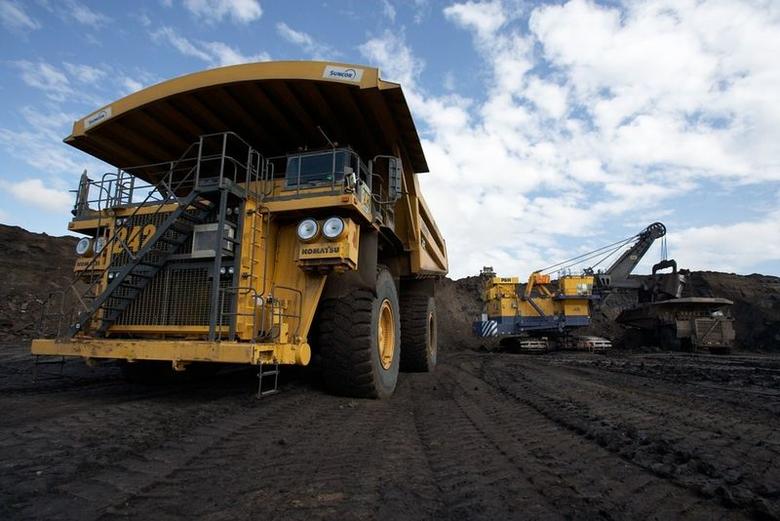
SUNCOR WANTS TO CUT

WSJ wrote, Suncor Energy Inc., Canada's largest oil producer, is in talks with government officials for permission to "strand," or abandon, some high cost and greenhouse gas-intensive crude-oil deposits, the company's chief executive said Wednesday.
The Calgary-based company is seeking an easing of rules designed to maximize oil-sands production from leases on government land, CEO Steve Williams said at a Barclays energy conference in New York, reiterating a strategy he first announced in July.
"We've begun to have conversations with the government of Alberta and the current regulators about the design of their policy, which actually requires the maximum amount of resource to be extracted regardless of the economic or environmental value," he said.
The request comes as Suncor and other oil producers struggle to cut costs amid slumping commodities prices. Oil sands are one of the world's most expensive and are also among the most carbon dioxide-intensive forms of crude-oil extraction.
The cost of that carbon is becoming a bigger barrier for oil-sands producers, as the province is set to double its so-called carbon tax on them, and has vowed to cap greenhouse-gas emissions from oil-sands operators at 100 million metric tons.
Oil-sands producers currently emit 70 million metric tons of greenhouse gas a year—about a quarter of the province's overall emissions.
Those efforts to curb emissions have made Alberta a test case for energy companies' attempts to reduce their carbon footprint. But the policy also calls into question the ability of major oil companies to fully develop their leases in the Canadian oil sands, the world's third-largest oil reserves, over the long term.
The province's left-leaning government, which was elected last year, has yet to detail how the remaining room under the planned carbon cap will be allocated. In July, Premier Rachel Notley's administration appointed a blue-ribbon panel of industry and environmental experts to provide advice on how to implement the policy.
Historically, Alberta has sought to promote maximum development on public lands for the royalty payments they provide, so any change could potentially affect government revenue. The Alberta Energy Regulator is obligated to "prevent waste of the oil sands resources" under the province's Oil Sands Conservation Act and it has enforced that mandate through a policy known as Directive 82.
The older regulations were aimed at promoting maximum production, Mr. Williams said. Now, the industry faces a surplus of supply and pressure to reduce its environmental impact.
Representatives for the AER and Alberta's energy minister had no immediate comment on the talks with Suncor.
-----
Earlier:





